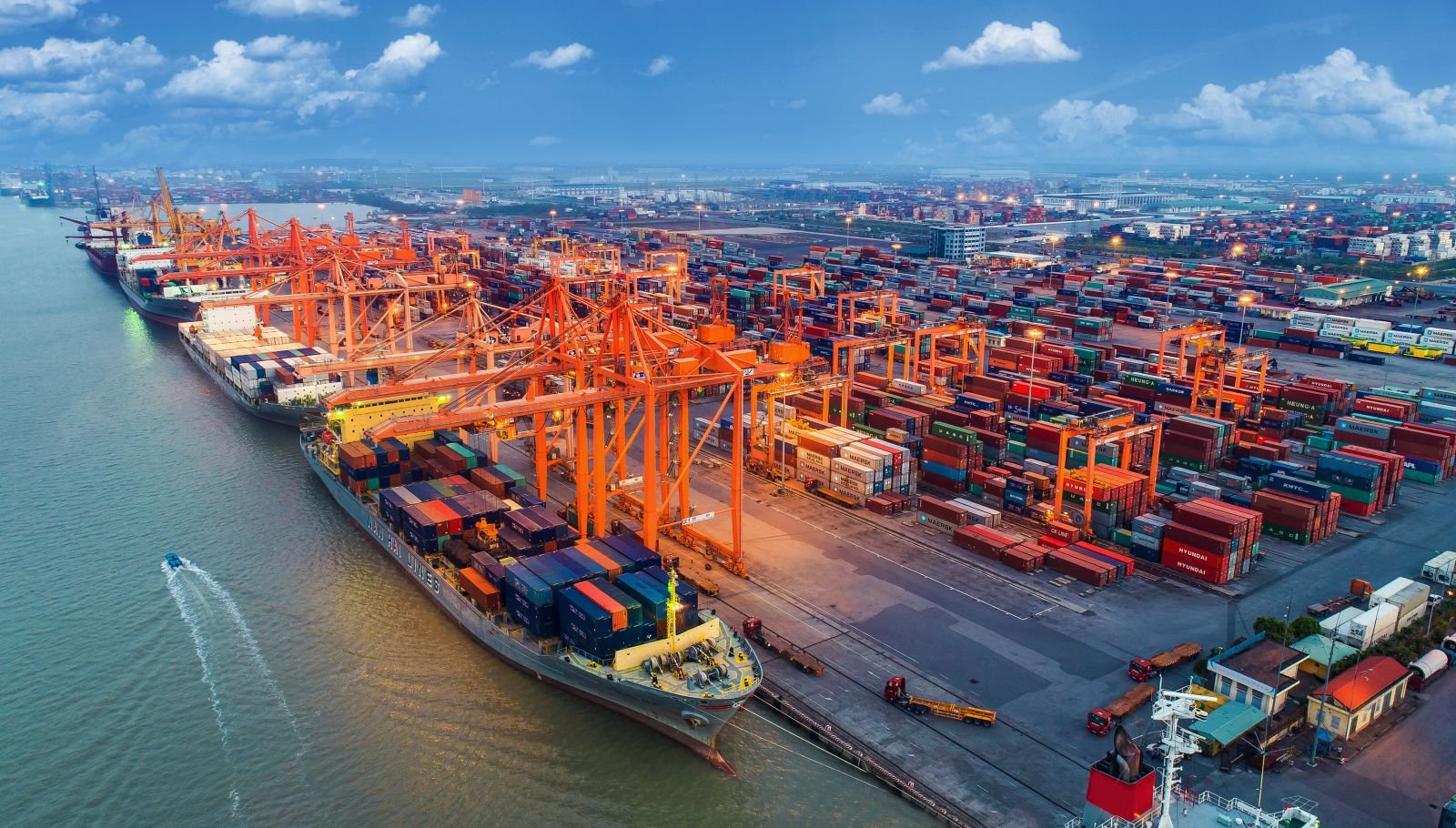Currently, the cost of port services in Vietnam is now much lower than many countries in South East Asia. Mr. Nguyen Xuan Sang, Director of the Vietnam Maritime Administration, said that the price of container handling services is only 80% compared to Cambodia, 70% compared to Malaysia, 61% of Indonesia and 46% of the service price at Singapore seaports.
According to Mr. Nhu Dinh Thien, Deputy General Secretary of The Vietnam Ship Agents, Brokers And Maritime Service Providers Association (VISABA), shipping lines are currently charging THC fees for Vietnam import-export shippers is quite high (114 USD/cont 20′ and 173 USD/cont 40′) but only 30 – 45% of that returned to the port. If the floor price is not changed, Vietnam will lose billions of dollars every year.
Recently, VISABA has just sent an official dispatch to the Prime Minister and some related to propose adjusting the price range for container handling services at seaports in region 1 (excluding Lach Huyen port area) by 10% per year for 3 consecutive years from July 1, 2021; Lach Huyen and Cai Mep – Thi Vai deep-water seaports increase by at least 20% compared to the minimum level specified in Circular 54 from July 1, 2021 and the roadmap to increase 10% for the next 3 years to 2023 .

Low price but highly competitive
Adjusting the loading and unloading price will help businesses increase their accumulated capital. However, the current price range is creating a competitive advantage for ports in Vietnam.
If service prices are not competitive, it would be difficult for Vietnamese seaports to attract foreign shipping lines. Our country’s export goods would have to wait at transshipment ports. The attraction of international shipping lines not only facilitates the flow of goods but also contributes to the Government budget and motivates logistics systems.
Change needs the right process and time
It can be said that adjusting the service price range at seaports to match the quality of Vietnamese ports is a legitimate requirement of enterprises. However, the authority believes that the adjustment should be carefully considered, ensuring that logistics costs are not causing disadvantages to import-export enterprises.
Moreover, the increase in unloading service charge should include the anticipation of increased freight rates or other surcharges that international shipping lines will have? If so, the shipping company’s increased policy will affect import and export activities and competitiveness of Vietnamese goods.
Van Anh













